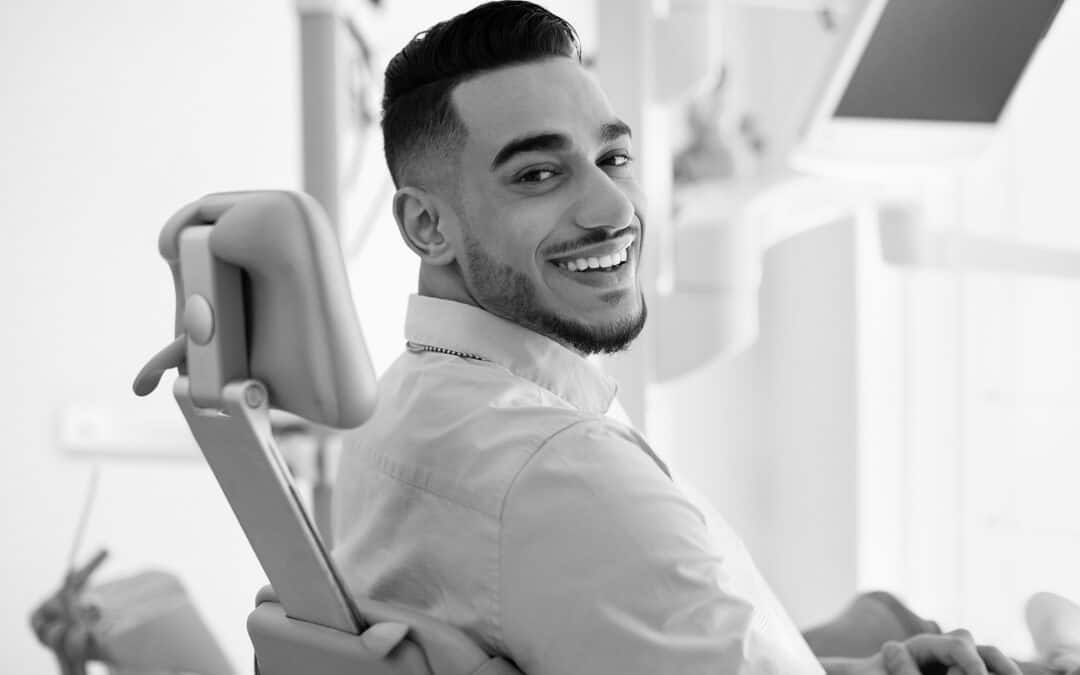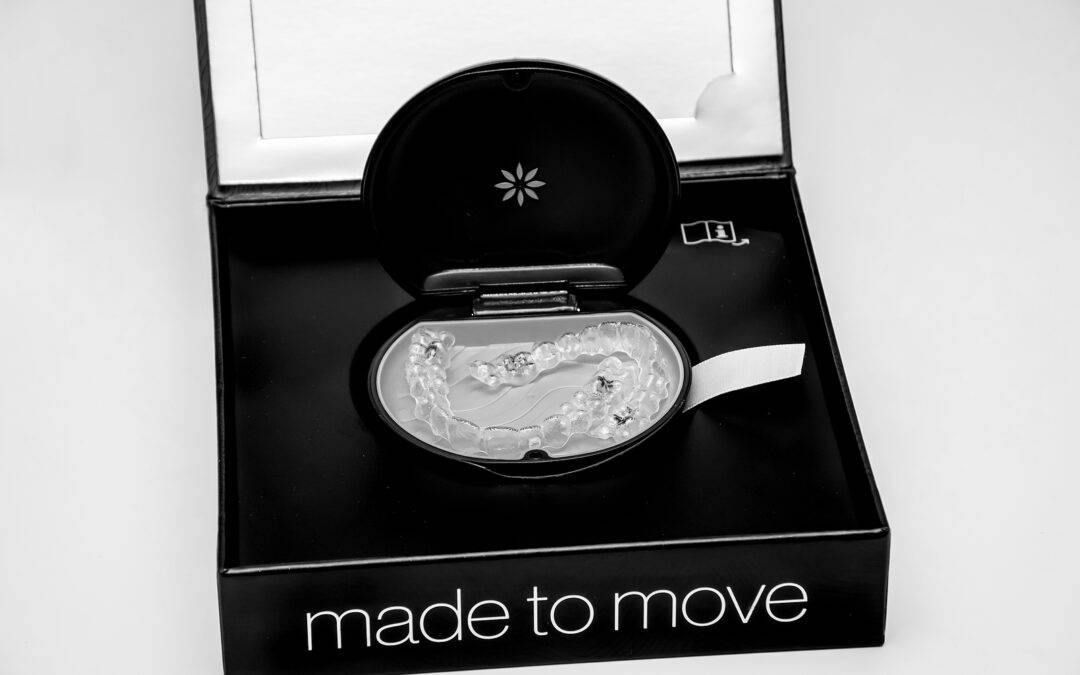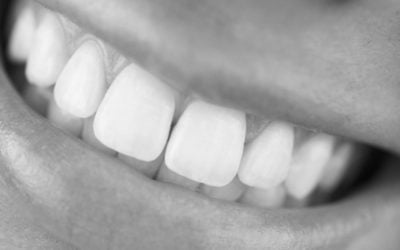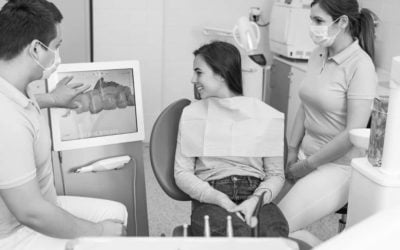These orthodontic treatments are bespoke which is why they achieve such a high success rate.

Facial, Joint and Jaw pain (TMD)
Many people are not aware that orthodontic treatment also covers facial, joint and jaw pain, known as TMD (Temporomandibular Joint Dysfunction). Teeth grinding and clenching can render your teeth sensitive and damaged as well as cause tooth decay, which can sometimes eventually lead to chronic pain in these areas. Occlusal splints can be used to diagnose TMD complications, relaxing the muscles and allowing your bite to meet correctly. Tooth adjustment and replacement are also effective procedures in treating bite problems, giving you a heathy smile and restoring your confidence. Our orthodontists have extensive experience in this field having trained at theBritish Society of Occlusal Studies. Read more about TMD dysfunction here.
Traditional metal braces
Traditional metal braces remain a popular option for straightening teeth. Treatment generally takes between 12-36 months. Having traditional metal braces means you do not have to remember to remove and apply your braces each day, unlike with removable treatments such as Invisalign, though you will need to be vigilant with the types of food you eat, as some can jeopardise your treatment. You will need to wear a retainer after treatment, in order to keep your teeth from moving back into their original position – this is a fundamental part of treatment and should be taken seriously.

Ceramic braces
These type of brace use square brackets that are clear or tooth-coloured giving a discreet appearance as with Invisalign. The brackets are fixed to your teeth, holding the archwire in place. The archwire runs across the teeth – it is made of metal though white wire can also be used, giving an extra subtle cosmetic appearance. Ceramic braces apply gentle pressure over a period of 12-24 months in order to shift the teeth into a desired position. With regards to ceramic braces, your orthodontist will assess how your teeth overlap when closed before deciding to proceed with this treatment.
If you would like more information and detail about the orthodontic treatments we offer, please do not hesitate to contact us and we can arrange an appointment for you with one of our experienced orthodontists.







